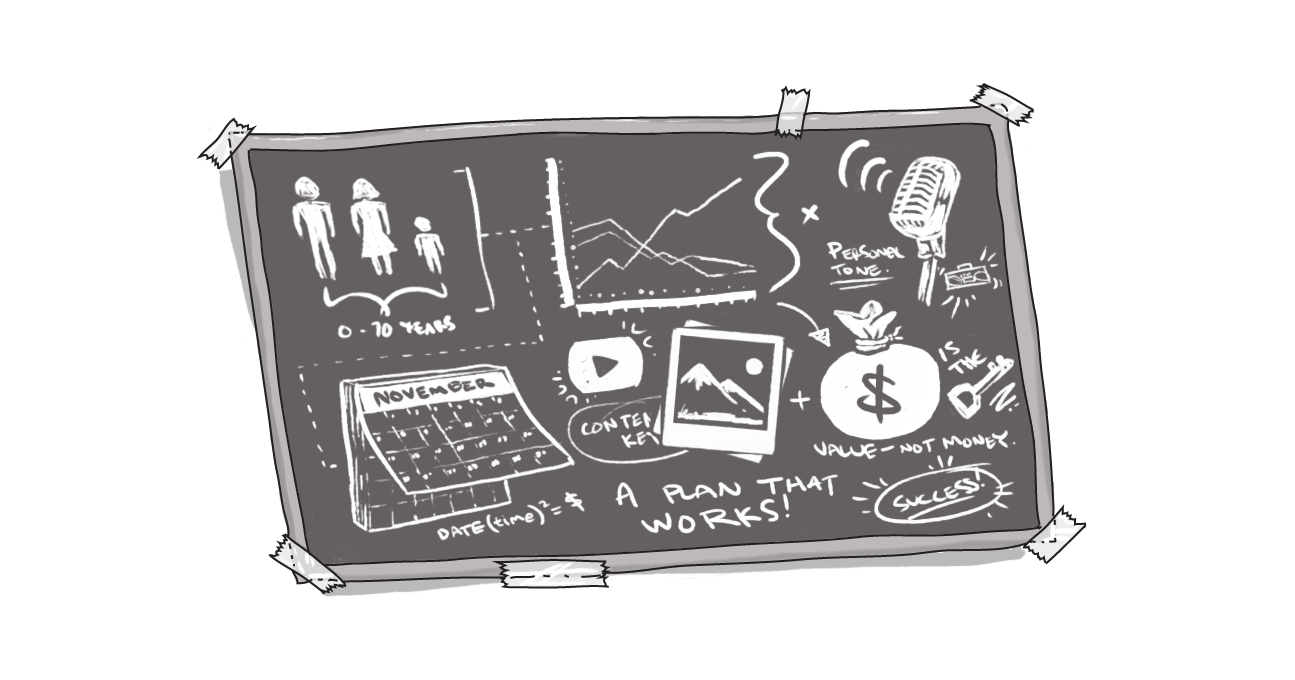Developing Tools to Keep you Organized

“I’m really busy right now.” Or… “I’ll get to that when things slow down.” The thing is, things never really do slow down, do they? There may be odd peak or valley in workload, but generally we’re all pretty pressed for time, both in our professional and personal lives.
It’s easy to become overwhelmed. It’s also pretty easy to take a few steps to try to avoid becoming overwhelmed. This can be especially important when you’re working on multiple projects at any one time.
Here are some suggestions I’ve used over the past few years:
Sublime
Sublime is a text editor for code, markup, and prose. It lets you group sets of files and folders to help you keep your work organized. It also allows for easier project switching, which helps to keep things straight when you’re trying to balance multiple priorities.
iTerm
iTerm (currently on hold) and iTerm2 are terminal emulators for Macs. There are a couple of key functions that it offers: tabs and split panes.
Tabs can be labelled and colour-coded to meet your specific needs and you can have multiple tabs open in one window. Keeping one tab per project open allows you to easily switch from project to project, as needed.
Split Panes allows for multiple work areas in a single tab. You can customize the look of your interface as the split panes are resizable both horizontally and vertically. This is great when you need to work in multiple different areas of a project at the same time.
Monitors
Simply put, in this case, more is better. More screens and screen space equals greater productivity. So stack as many monitors as you can on your desk!
Of course, each of those monitors needs to have a purpose. You can choose to designate each monitor with a specific purpose, such as a reference monitor, a work monitor, a code monitor, an email/communications monitor). Or you can designate one full screen window per project, which helps again if you have to switch between projects and keep them organized.
Low-Tech Solutions
Not everything has to be digital. Some of the most effective organizational tools are remarkably low-tech in nature. Post-it notes, writing in a notebook, having a white board and dry-erase markers next to you all can help you with visual reminders of tasks. Whether it’s itemizing what you need to do next, or journalling a particular challenge or solution that you want to reference in the future, sometimes pen-to-paper is the right solution.
And you don’t have to write a novel. Bullet journalling is a method of note taking that uses bullet points as the core structure. Essentially it’s a structured approach to planning that allows you to use specific stylized bullets to organize entries into tasks, events, and notes using objective and brief language.
Digital Notes and Reminders
Lastly, you can’t go wrong putting the power of digital to work for you. Setting up Google Calendar events, establishing Slack reminders, and even entering alarms into your phone all work. And with many of these products, they’re portable across multiple devices -- so your calendar and notes can follow you from desktop to laptop to phone, wherever you are.
Obviously, this isn’t a comprehensive list, but it’s a good start. Few people have the luxury of just focusing on one task, from start to finish, without any distractions. For the rest of us, we’re juggling multiple projects and priorities. A little planning -- and using the right tools up front -- can help make sure you stay on track, on time, and avoid being overwhelmed.
We’d love to hear what tools you use. Feel free to comment below!
How do I stay organized when I'm working on multiple projects?
What tools are available to help developers stay organized?
SUBSCRIBE TO OUR E-NEWSLETTER
 Subscribe
Subscribe


